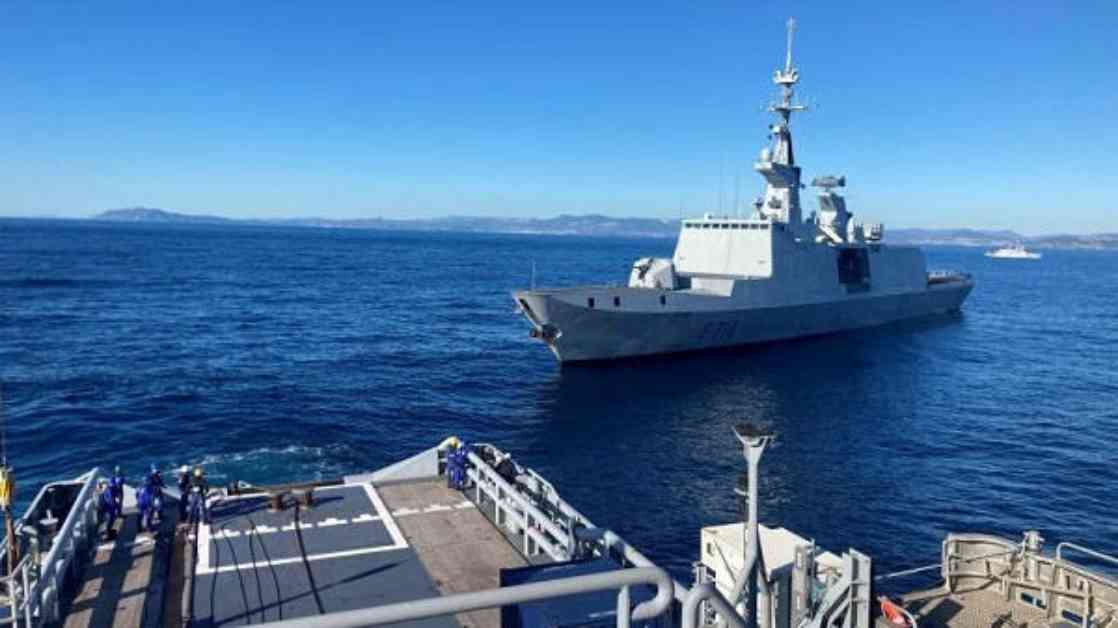Last week, the Cuban Ministry of Foreign Affairs announced the imminent arrival of four Russian Navy ships in Havana. These ships include the frigate “Amiral Gorchkov,” the nuclear attack submarine K-561 Kazan, the tugboat Nikolai Chiker, and the tanker Akademik Pashin, which is believed to have intelligence-gathering capabilities. Cuba emphasized that the visit was part of their historically friendly relations with Russia and strictly followed international regulations. They reassured that none of the ships were carrying nuclear weapons, so their presence posed no threat to the region.
The frigate “Amiral Gorchkov,” operational since 2018, is equipped with hypersonic Zircon missiles, anti-ship missiles, and surface-to-air missiles. The K-561 Kazan is a nuclear-powered submarine from the new “Yasen” class, commissioned in 2021, armed with cruise missiles and other weapons. Both ships recently conducted exercises in the Atlantic Ocean, practicing firing high-precision missiles at mock enemy targets over 600 km away.
On the same day, the Russian flotilla was spotted east of the Keys, an archipelago south of Florida and about 130 nautical miles north of Cuba. The US Navy, as promised, closely monitored the Russian ships with destroyers USS Truxtun and USS Donald Cook, the US Coast Guard cutter USCGC Stone, and the Canadian frigate NCSM “Ville de Quebec.” Additionally, maritime patrol aircraft like the P-8A Poseidon were likely involved in the surveillance.
Despite some conflicting data from the Automatic Identification System (AIS), it was suggested that a French vessel, possibly the frigate Guépratte, was also involved in monitoring the Russian flotilla. The presence of American and Canadian ships in the area was confirmed, given their recent joint exercises in the region. The Guépratte, accompanying the amphibious assault ship “Tonnerre” as part of the 2024 Jeanne d’Arc mission, passed through the Panama Canal before heading towards Colombia.
While the Russian naval presence near Cuba was seen as a display of global power projection by Russia, a US Navy official expressed no significant concerns, stating that it posed no direct threat to the United States. The official emphasized that Russia’s deployments were not alarming from a US perspective. The Guépratte, not part of the recently upgraded French frigates, continues its mission alongside the Tonnerre without any reported issues.
In conclusion, the international community continues to monitor the situation as the Russian flotilla nears Cuba, with various naval assets from different countries involved in surveillance efforts. The presence of the Guépratte underscores the collaborative efforts to ensure maritime security and stability in the region. As tensions fluctuate, maintaining a watchful eye on naval activities remains crucial for regional peace and security.

